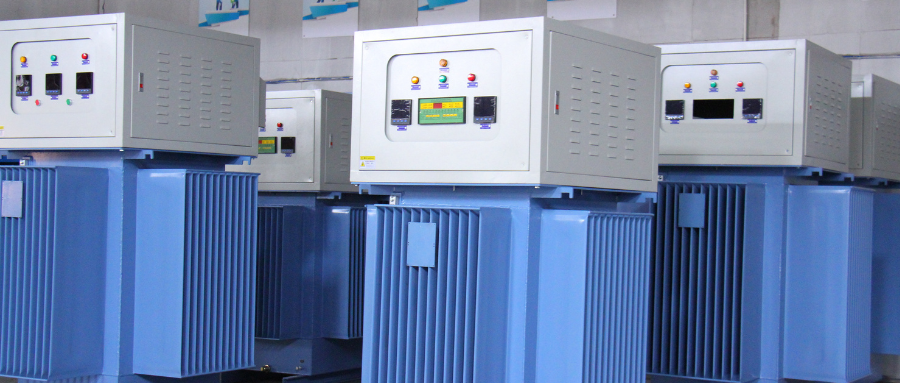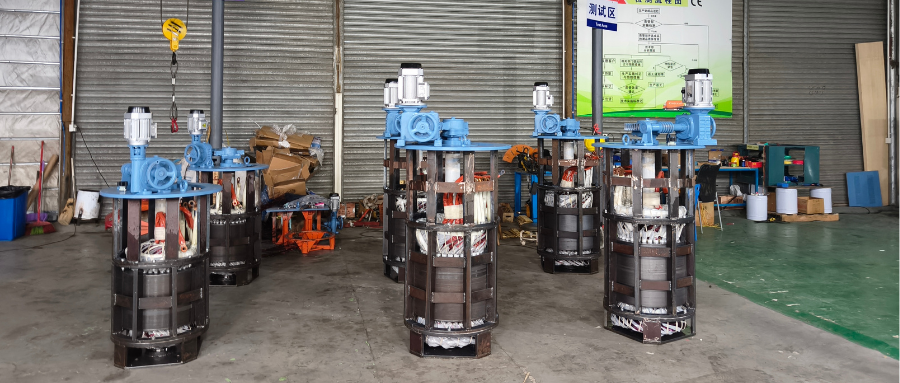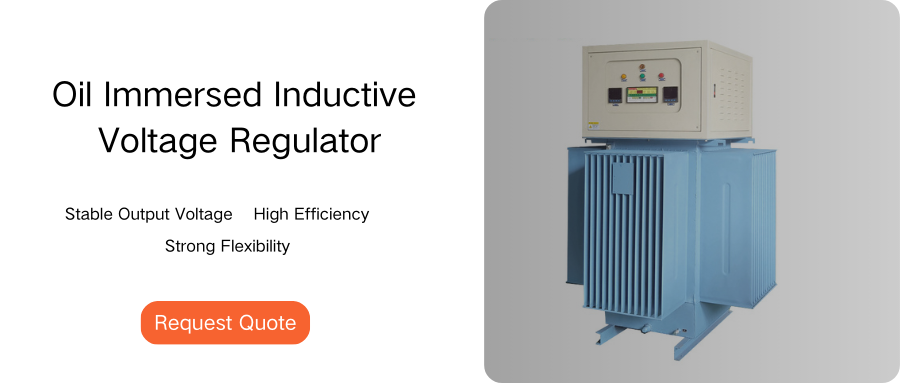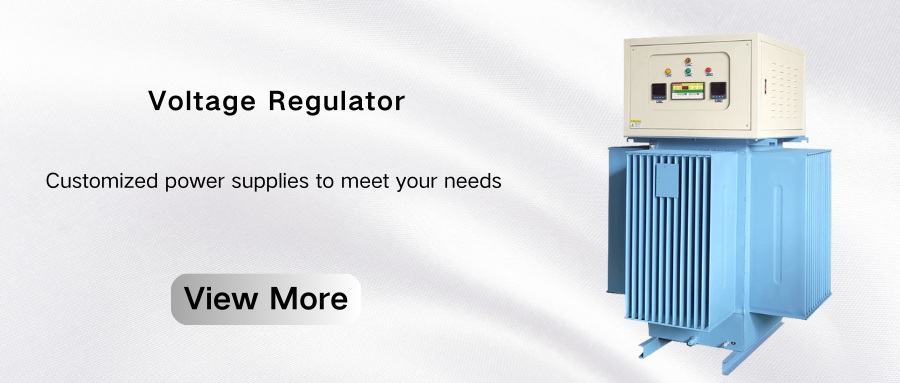In the power system, the voltage stabilizer plays a vital role. It can ensure voltage stability and provide reliable power supply for various electrical equipment. Among them, single-phase voltage stabilizers and three-phase voltage stabilizers are two common types, and there are some obvious differences in their structure, function and application scenarios.

Structural differences
Single-phase voltage stabilizers are mainly used in single-phase power supply systems, usually consisting of an input winding and an output winding. Its structure is relatively simple and its volume is small, which is suitable for single-phase power places such as homes and small shops.
Three-phase voltage stabilizers are used in three-phase power supply systems, generally consisting of three input windings and three output windings, or using a three-phase autotransformer structure. Due to the need to handle three-phase power supply, its structure is relatively complex and its volume is relatively large.
Functional characteristics
Single-phase voltage stabilizer
Single-phase voltage stabilizer mainly stabilizes unstable single-phase AC voltage at a fixed output value. It usually has a small power range, generally ranging from a few hundred watts to tens of kilowatts.
For some single-phase devices that require high voltage stability, such as computers, televisions, refrigerators, etc., single-phase voltage stabilizers can provide stable power supply and protect the equipment from voltage fluctuations.
The adjustment method of single-phase voltage stabilizers is relatively simple, and there are two common methods: manual adjustment and automatic adjustment. Manual adjustment requires users to adjust according to the actual voltage situation, while automatic adjustment can automatically adjust the output voltage according to the change of input voltage, which is more convenient to use.

Three-phase voltage stabilizer
The three-phase voltage stabilizer can stabilize the voltage of the three-phase power supply at the same time to ensure the balance of the three-phase voltage. Its power range is usually large, ranging from tens of kilowatts to thousands of kilowatts, which can meet the power demand of large and medium-sized equipment in industrial production.
In the industrial field, many equipment such as motors, transformers, large machine tools, etc. require three-phase power supply. The three-phase voltage stabilizer can provide stable power supply for these equipment, ensure the normal operation of the equipment, and improve production efficiency.
The adjustment method of the three-phase voltage stabilizer is also relatively complex. It usually adopts automatic adjustment method, and the three-phase voltage is monitored and adjusted in real time through the electronic control system to ensure the stability and balance of the output voltage.
Application scenarios
Single-phase voltage stabilizer
Household electricity: In some areas with unstable voltage, household electrical appliances are easily affected by voltage fluctuations. Using a single-phase voltage stabilizer can protect electrical appliances and extend their service life.
Small shops: Lighting, cash registers, audio equipment, etc. in small shops usually use single-phase power supply. Single-phase voltage stabilizers can provide stable power supply for these devices to ensure the normal operation of shops.
Three-phase voltage stabilizer
Industrial production: Large equipment in industrial production usually requires three-phase power supply, and voltage stability is crucial to the normal operation of equipment. Three-phase voltage stabilizers can provide stable power supply for these equipment to ensure production continuity and product quality.
Construction site: Tower cranes, mixers, electric welders and other equipment in construction sites require a large amount of power supply, and have high requirements for voltage stability. Three-phase voltage stabilizers can meet the power demand of these equipment and ensure the safety and smooth progress of construction.
In short, there are obvious differences between single-phase voltage stabilizers and three-phase voltage stabilizers in structure, function and application scenarios. When selecting a voltage stabilizer, users should choose the appropriate type of voltage stabilizer based on actual power demand and the conditions of the power supply system to ensure the normal operation and service life of electrical equipment.







